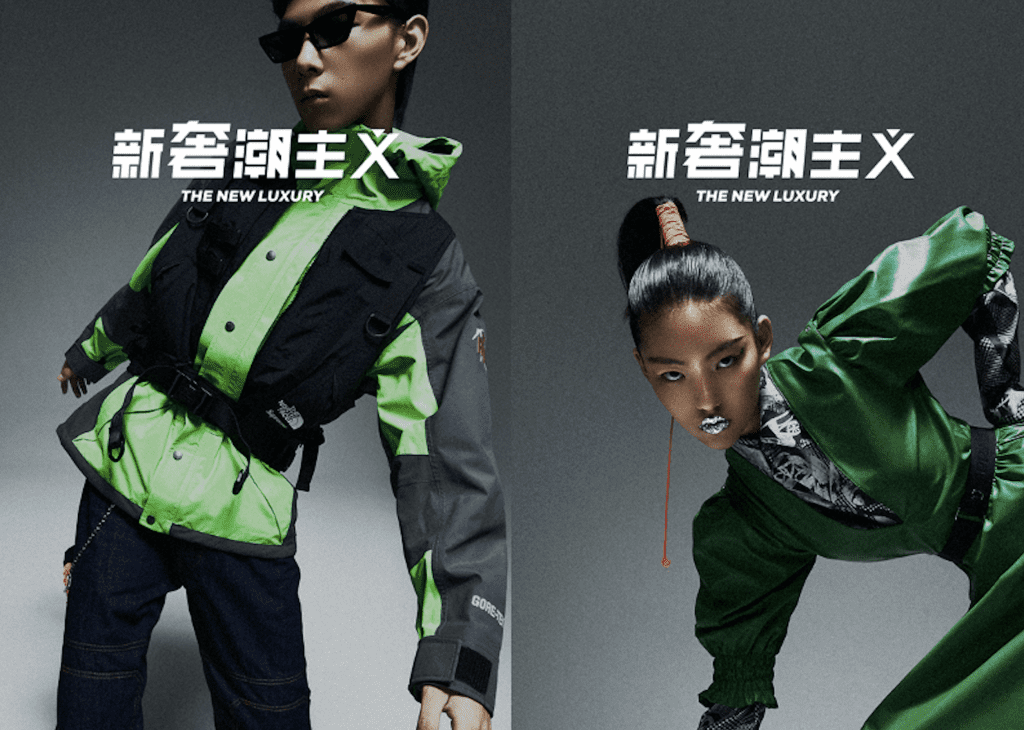China boasts the largest video game market in the world, with sales in the segment amounting to nearly $50 billion in 2020, alone. Such significant consumer interest in gaming paired with the robust Chinese social media ecosystem, and the consistent technological innovations and advances coming out of China seems like a clear pathway to the inevitable rise of the metaverse. As Reuters reported recently, companies like e-commerce titan Alibaba and smaller rivals “are betting the next generation [of Chinese consumers] will don avatars and dive into local metaverses,” and are planning their next moves accordingly.
In much the same vein as its efforts to ramp up regulation in the tech arena – from increasing data protection and cracking down on antitrust to banning cryptocurrency transactions, Beijing is expected to keep a watchful eye on metaverse developments. The potential for close government oversight is not stopping Chinese companies from making their intentions known. As of this past week, more than 1,360 Chinese companies (namely, tech firms) had applied to register more than 8,500 metaverse-related trademarks, according to Chinese news site SCMP, a sizable increase from three months ago when a total of just 130 companies had filed for such applications.
At least some of the spike in Chinese trademark filings is likely tied to the fact that China is a first-to-file jurisdiction, with a system that rewards the first party to file for a trademark in a certain class of goods or services, as opposed to the first party to use a mark. This is distinct from first-to-use jurisdictions, such as the U.S., where companies build trademark rights by actually using a mark in commerce, thereby, removing the urgency to secure trademark registrations in order to amass rights and make viable claims of trademark infringement.
“Compared to other jurisdictions, trademark filing costs in China are less expensive,” according to Kilpatrick Townsend & Stockton LLP’s Wendy Cheng and Lauren Sullins Ralls, who note that it is not uncommon for a brand’s mark to be “registered by a Chinese entity or individual in China before that brand even enters the market.” While Chinese lawmakers have made amendments to existing law to better address issues like bad-faith trademark filings and while national courts are “becoming increasingly creative in leveraging monetary means to dissuade bad-faith trademark filings,” filing trademarks in China as early as possible is still considered to be “a fundamental step in protecting trademark rights in China,” per Cheng and Sullins Ralls. Early action is vital, especially for non-native brands, since cancellations proceedings can be time-consuming.
To date, most Western brands have focused primarily on the U.S. and the European Union, filing for a mix of classes of goods/services to cover their largely-prospective metaverse activities, namely class 9 (“downloadable virtual goods”); 35 (“retail store services featuring virtual goods”); and 41 (“entertainment services, namely, providing on-line, non-downloadable [goods] … for use in virtual environments”). But also, 42 in some cases (“non-downloadable computer software” and “non-fungible tokens”), and in a small number of cases, 25 (including “virtual clothing” alongside the traditional physical apparel that falls in this class of goods).
Dr. Martens, for instance, filed applications in classes 9 and 35 for its name and logo with the EUIPO last month. Tommy Hilfiger has filed applications with the same trademark office for marks like Tommyverse and Tommy World in the EU in classes 9, 25, 35, 41, and 42. Cosmetics and beauty companies like L’Oreal, NYX, Maybelline, Skinceuticals, and MAC, among others, have filed applications in a number of these classes in the EUIPO. And Allbirds lodged an international application with the World Intellectual Property Office in November after filing in the U.S.
Beyond the impetus provided for both native and non-native companies by the first-to-file trademark system, and even assuming that Beijing does, in fact, take a hard stand against the metaverse on the mainland, Western companies should still be thinking about China when it comes to metaverse-specific marks. Having a China-specific strategy in place is important, according to Aaron Wininger, the director of Schwegman Lundberg & Woessner’s China Intellectual Property Practice. “Even though foreign companies’ metaverse ventures probably will not be available to Chinese netizens, it is still possible that China will generate significant revenue for foreign companies [in this realm], making it an important market.”
For example, even though its Facebook and Instagram apps are blocked in China, Meta still “generates $5 billion a year in revenue from China,” Wininger says, citing industry estimates. “This is presumably from Chinese companies advertising to foreign customers via Meta’s apps.” At the same time, Bloomberg reported in 2020 that Instagram was enabling advertisers to reach nearly 4 million netizens in China, giving them access to individuals who use virtual private networks to access the app.
“The same will most likely happen with metaverse ventures,” Wininger assets, “and foreign companies risk losing revenue if their customers (including advertisers) are misled by Chinese companies that registered the trademarks first,” and actually started using them.
Ultimately, it is early-on in the development of individual metaverses (i.e., walled gardens or “self-contained online environments that are closed off from the wider digital world”) and the notion of one, interconnected metaverse is not yet even in sight. Nonetheless, the spike in trademark filings by native Chinese companies and the inherent risks at play for companies on the trademark filing front in China and other similar jurisdictions make it so that even if it is still early days, a consideration of China makes sense as companies rush to hedge their bets when it comes to the metaverse and their valuable marks.














